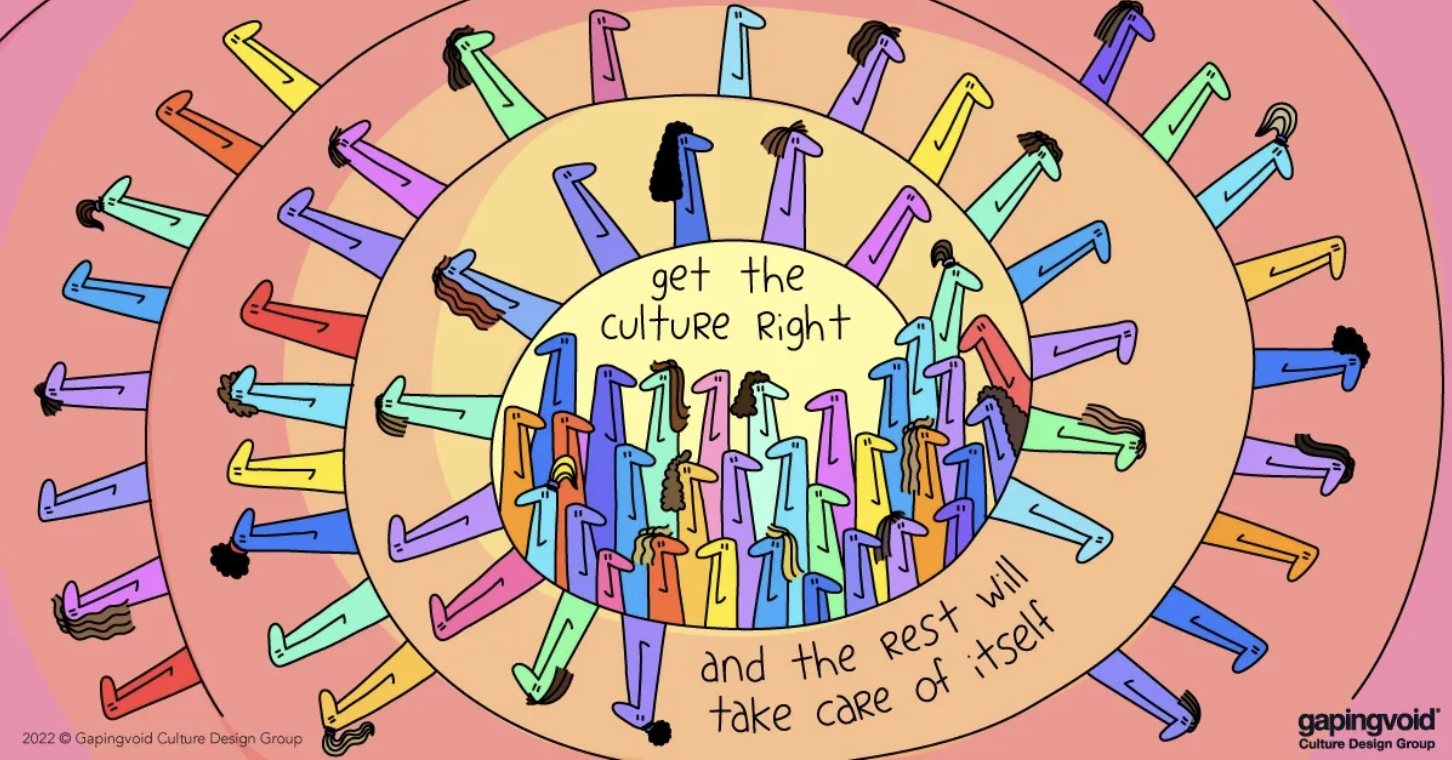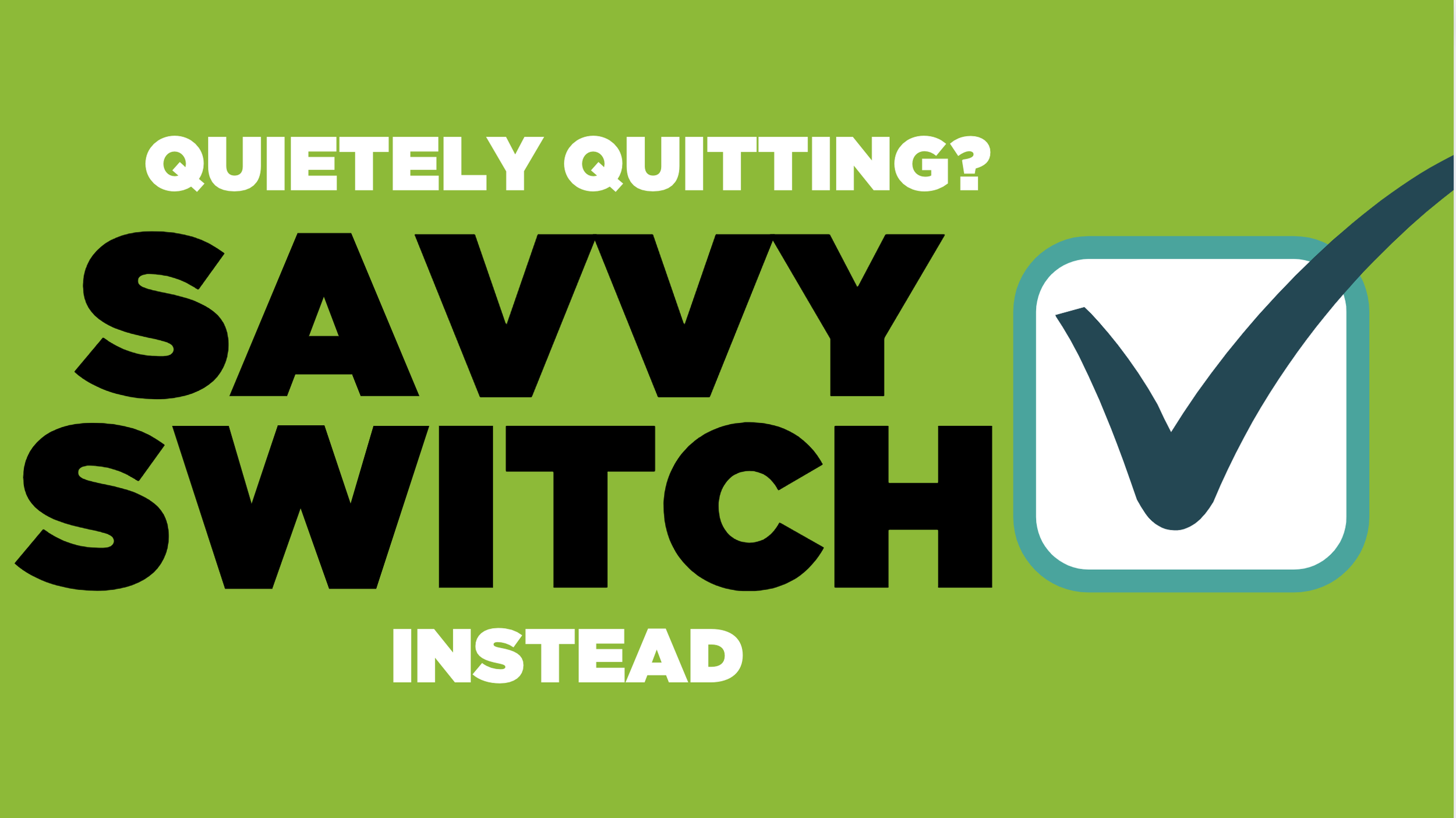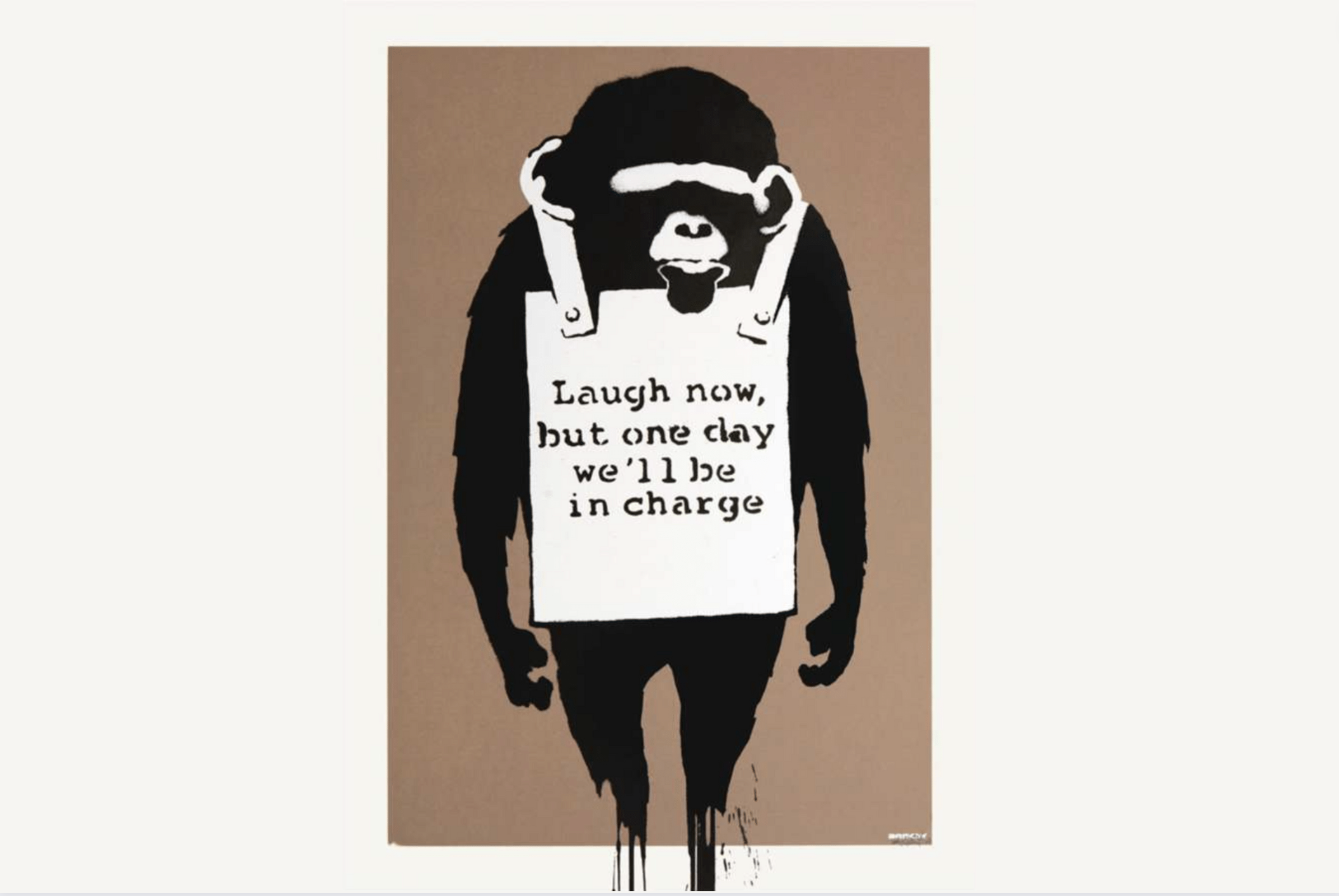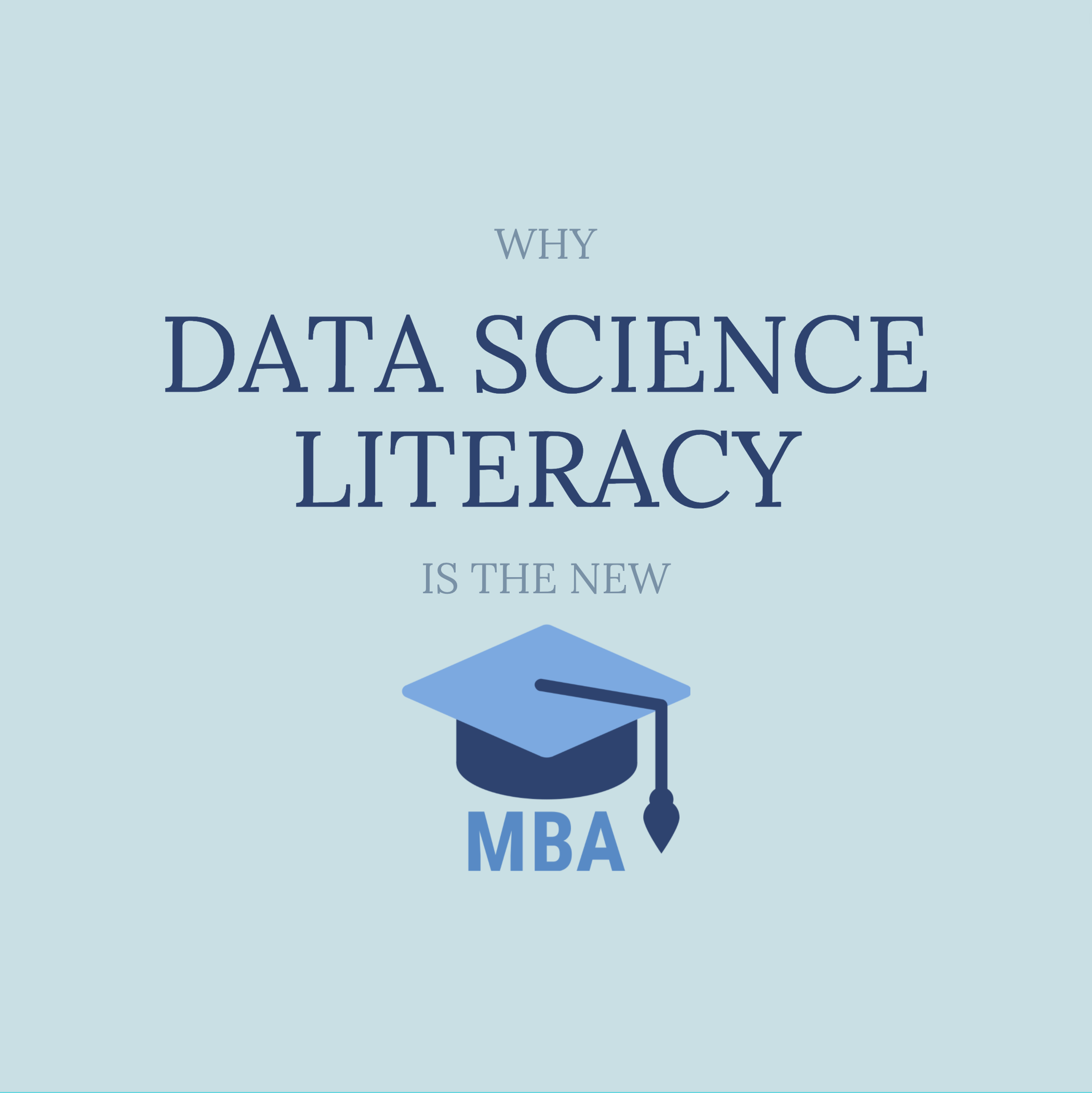Be Decision-Driven Not Data-Driven
“Be more data-driven” is a popular motto in digital business. But be careful: you might be sending the wrong message.
The tech media is obsessed with data. But after eight years of measuring corporate data literacy, only 24% of companies report having reached data-driven nirvana. That’s fewer companies than last year.
Maybe being data-driven is the wrong goal.
Researchers Bart de Langhe and Stefano Puntoni think so. They advocate becoming decision-driven, not data-driven. The distinction may seem subtle, but it runs deep throughout a company’s culture. It’s also a false choice: decisions lead to action, but data informs action.
It’s more like building a house—architects, designers, builders, and plumbers work together like a jazz ensemble. At the concept stage, the architect leads; during construction, the builder leads; towards the end, designers, finish carpenters, and plumbers lead. The homeowner is the ultimate decision-maker, guided by craft.
Decision-driven thinking differs from the data-driven approach in seven ways:
You start with questions, not data. Decision-driven teams spend more time designing questions and validating assumptions with decision-makers. Measure questions twice, cut data once!
Decision-makers lead projects, not data scientists. Like building a house, the homeowner (decision-maker) sets the tone, not the builder, architect, or plumber; they provide input.
You ponder the unknown more than knowns. Decision-driven thinking considers unknowns more than knowns. For example, in retail, a typical data-driven project optimizes existing loyalty programs; a decision-driven approach explores what makes customers happy in the first place, how attitudes are changing, and why.
You look wide first, then dive deep. Data-driven teams often dive head-first into the pool of data they already have. Puntonio and de Lange suggest you look “wide first, then narrow.”
You build new data boxes. Data-driven teams tend to think inside the box and invent ways to use the data they already have. When you start with decisions, teams more quickly discover missing or desired data. They spend time designing surveys, simulations, or searching outside the company for third-party data.
You’re more apt to spot and more able to reduce bias. By embracing a wider team upfront, decision-led teams tend to be more diverse. Diversity helps root out bias by questioning assumptions.
The business looks forward, not only in the rearview mirror. Data-driven thinking starts with historical data that accounts for what already happened. While the past might be prologue, pre-pandemic patterns might not still apply.
Pablo Picasso said, “the problem with computers is all they can do is provide answers.” His message is profound: don’t let tech lead; lead your tech. Be decision-driven, not data-driven.
* * *
* * *
This article was inspired by Leading With Decision-Driven Data Analytic by Bart de Langhe, a behavioral scientist and marketing professor at University Ramon Llull, ESADE, and Stefano Puntoni, a professor of marketing at the Rotterdam School of Management at Erasmus University and the director of the Psychology of AI lab at the Erasmus Centre for Data Analytics.
The statistics about data-drivenness are from the Big Data and AI Executive Survey 2021 by NewVantage Partners LLC www.newvantage.com, forward by Thomas H. Davenport and Randy Bean.





























